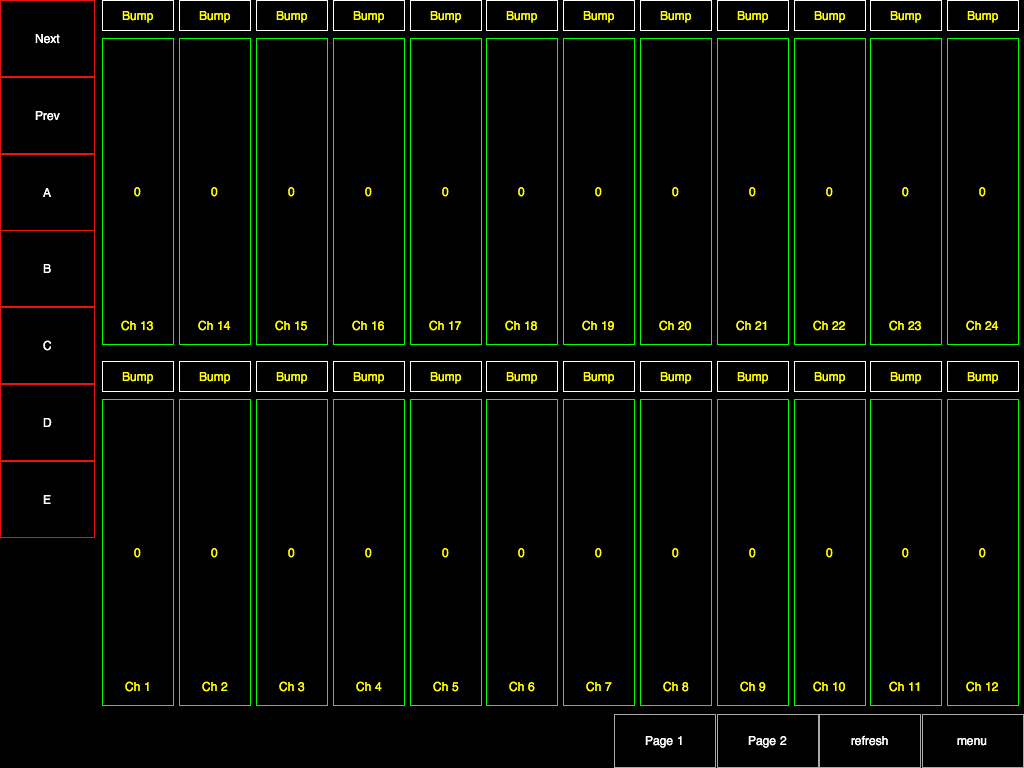Control user boblemarin, who is the author of the impressive Sprite3D javascript library, has made a couple of interesting new widgets. The first is a circle sliced into triangles; each segment can be used to trigger, for example, slices of a loop. He made a short demo video of two of these widgets doing exactly that:
He also has an interface using particles that are generated by touch and send out note messages whenever they bounce off the walls of the interface. You can find the interfaces here:
Particle interface
Slice triggering interface
Best of all, he created a tutorial for people who want to make their own widgets. This should be enough to get everyone started, especially if you have some experience using the canvas object or HTML graphics in general. Thank you!
